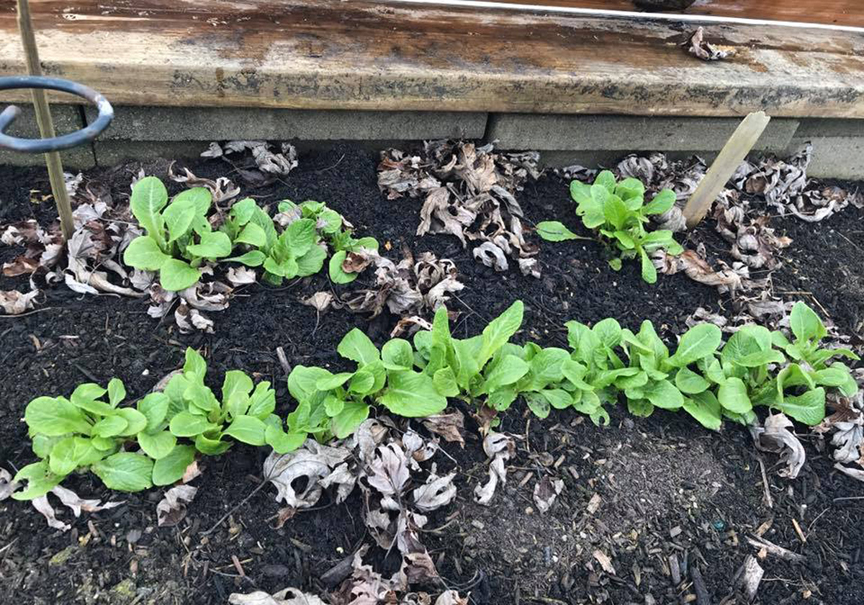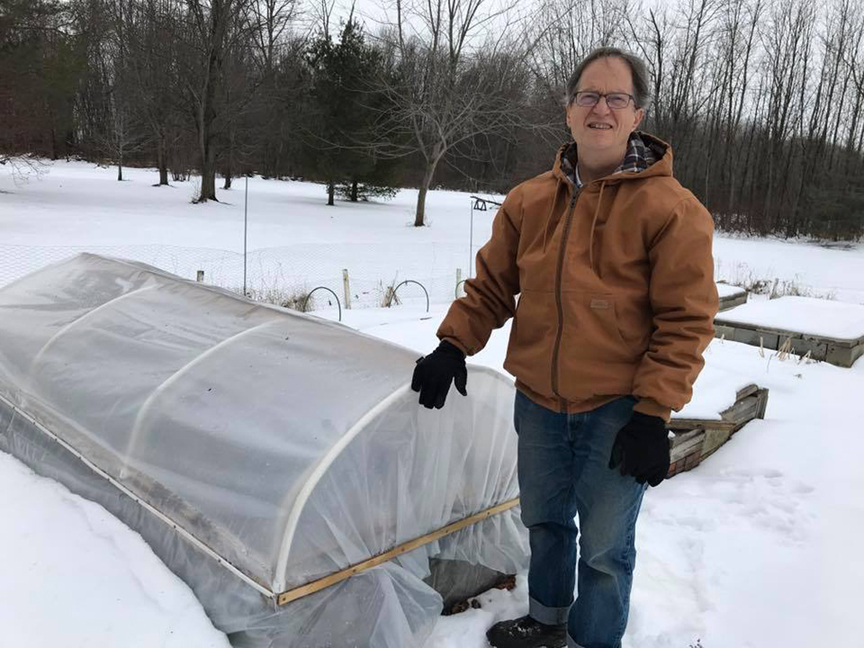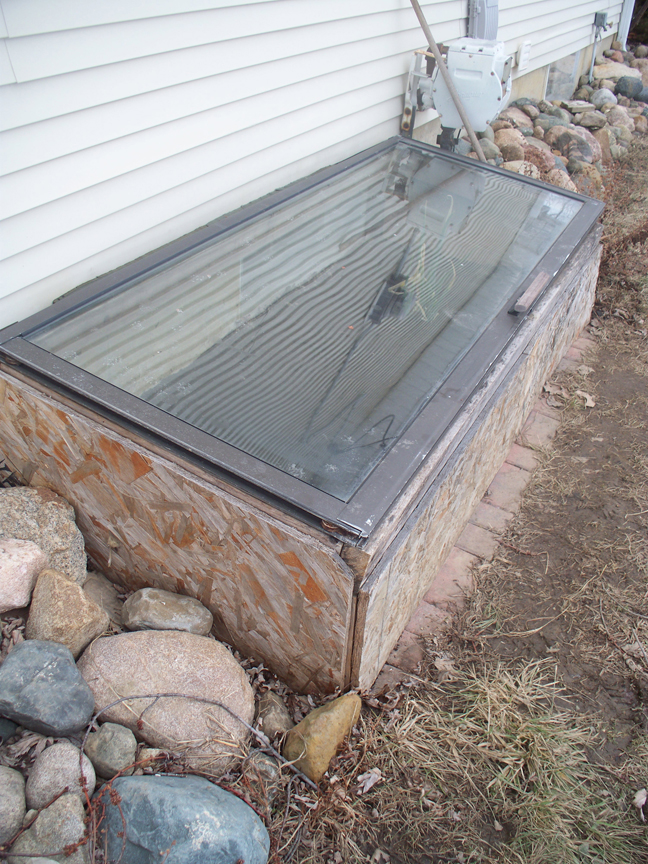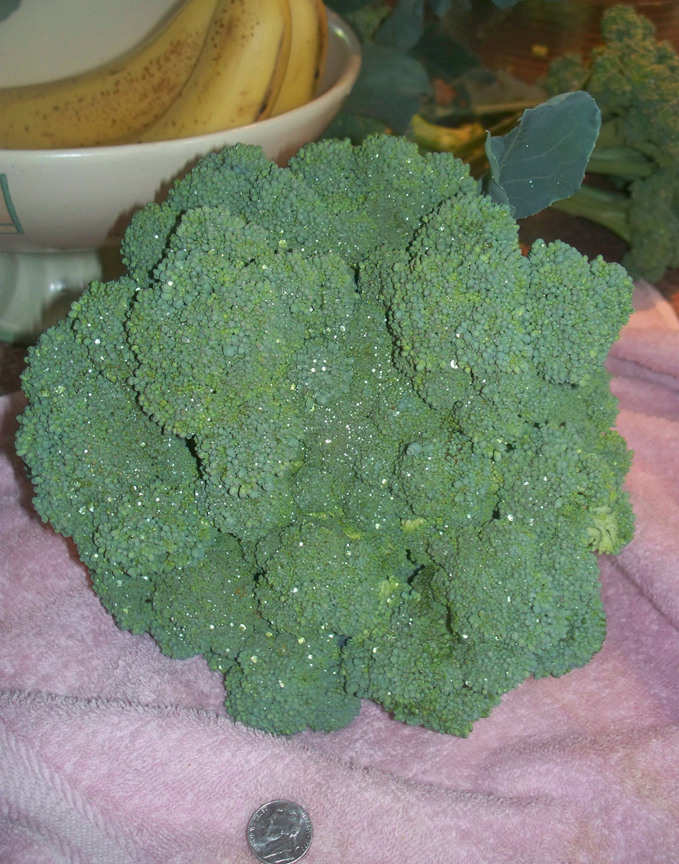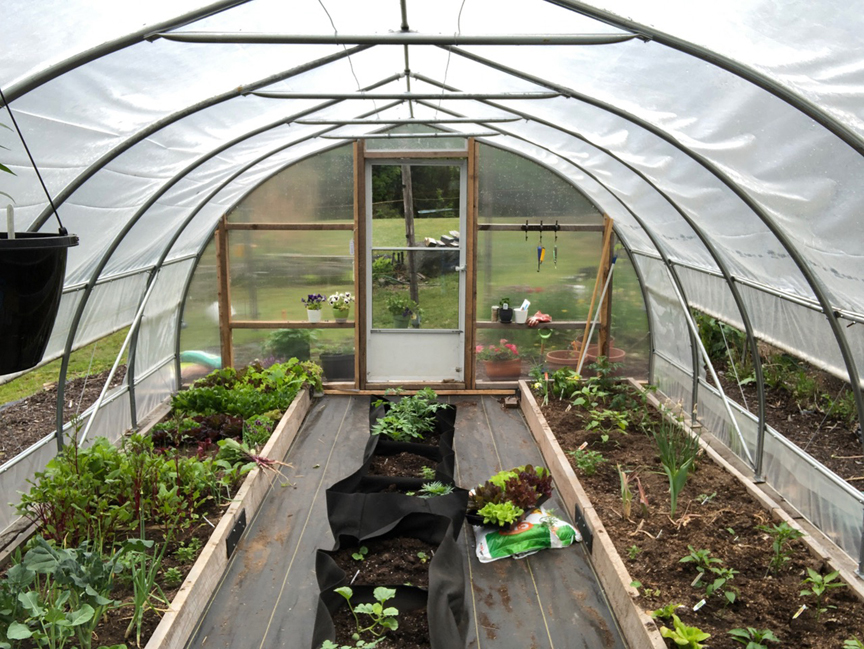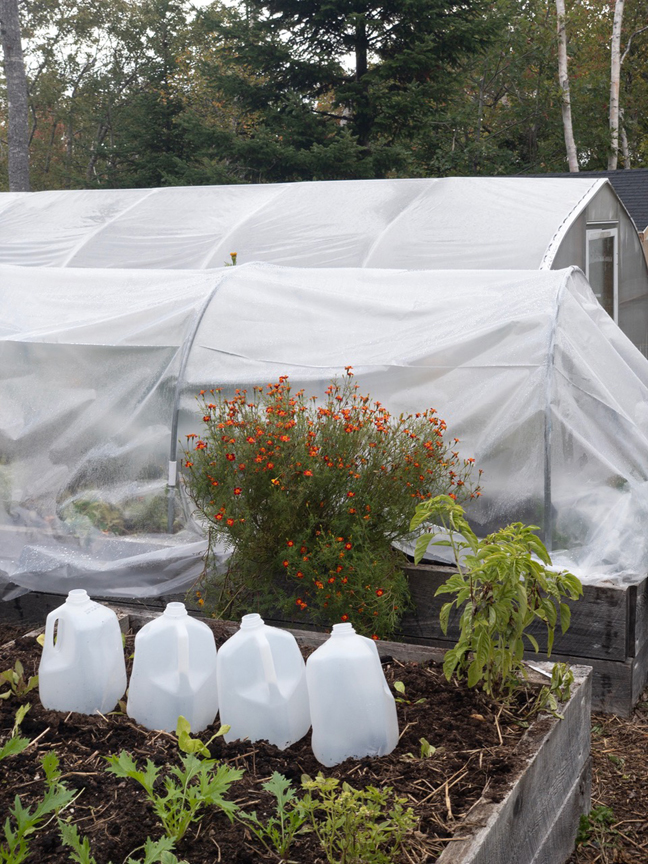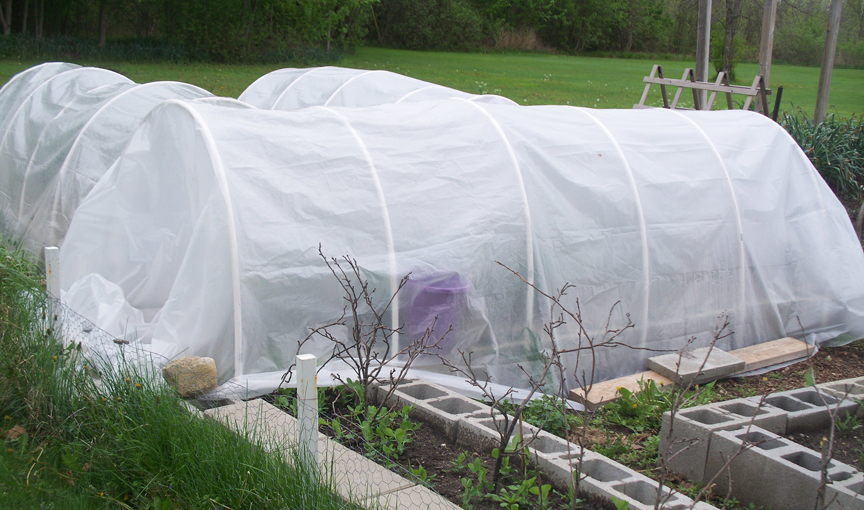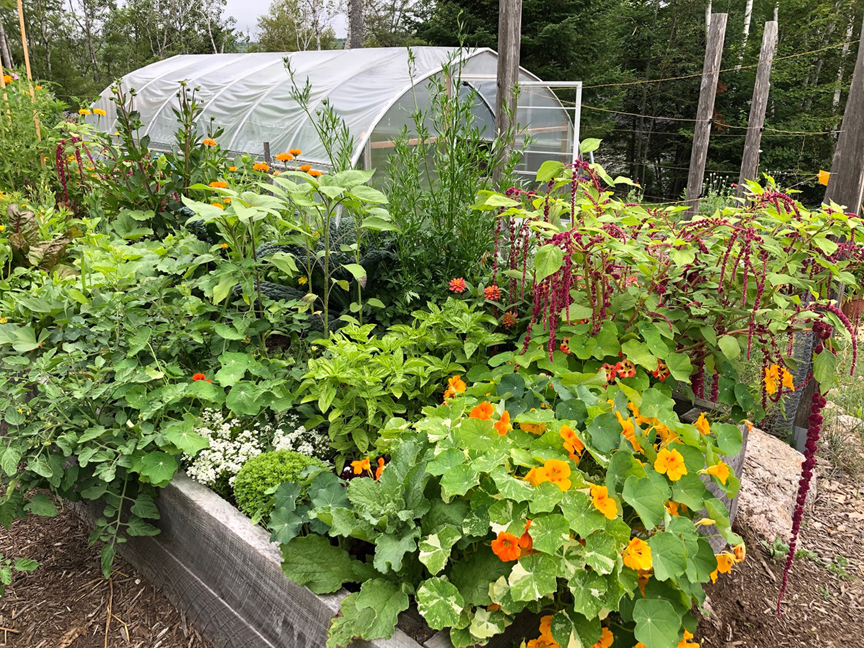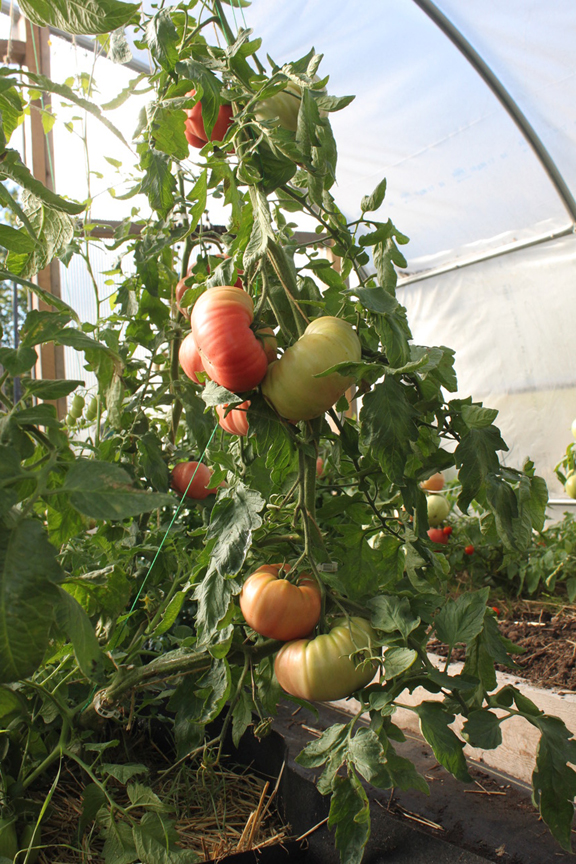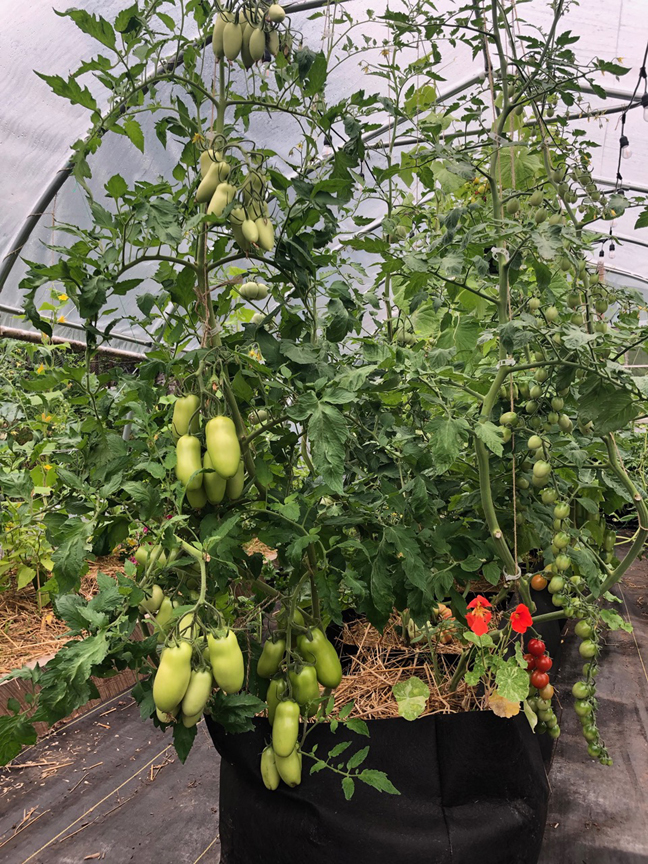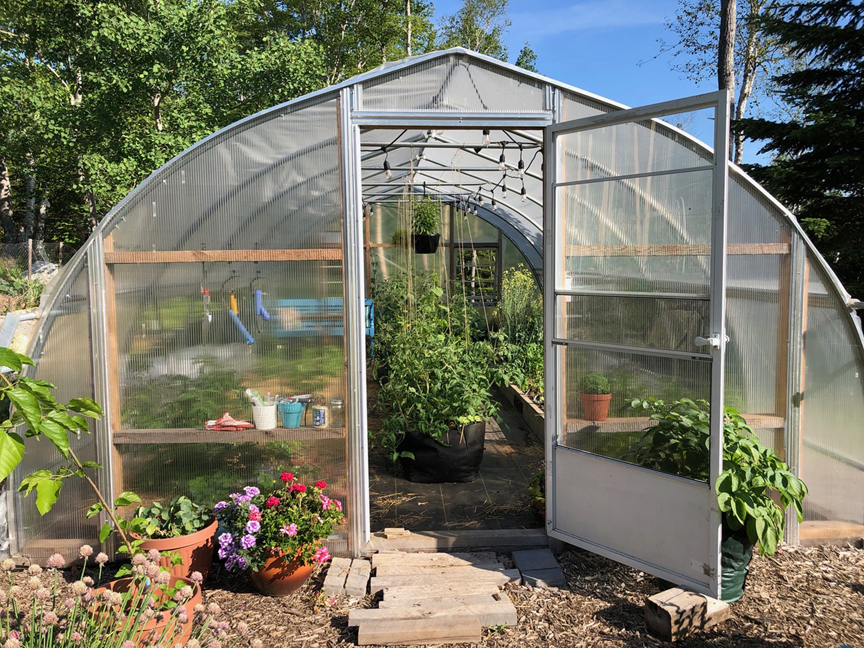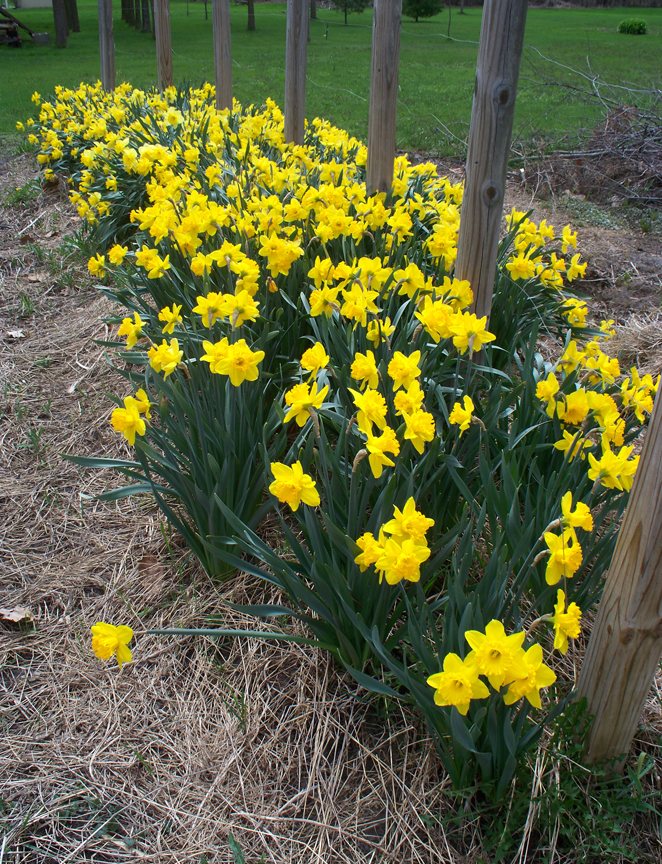Winter vegetable growing, learning from the best
Posted on: January 30, 2020 | Written By: Doug Oster |
Sue Gilmore’s love of gardening began at an early age.
“I started when I was 7 years old,” Gilmore says. “I just wanted so much to grow food, I think I have a little farmer heart.”
The parents in her neighborhood started a 4-H group, and Gilmore was the youngest member. She convinced her parents to let her plant a little garden behind the garage.
“I grew beets and carrots that first year, got blue ribbons at the fair and I was hooked,” she says, adding proudly: “Been doing it ever since.”
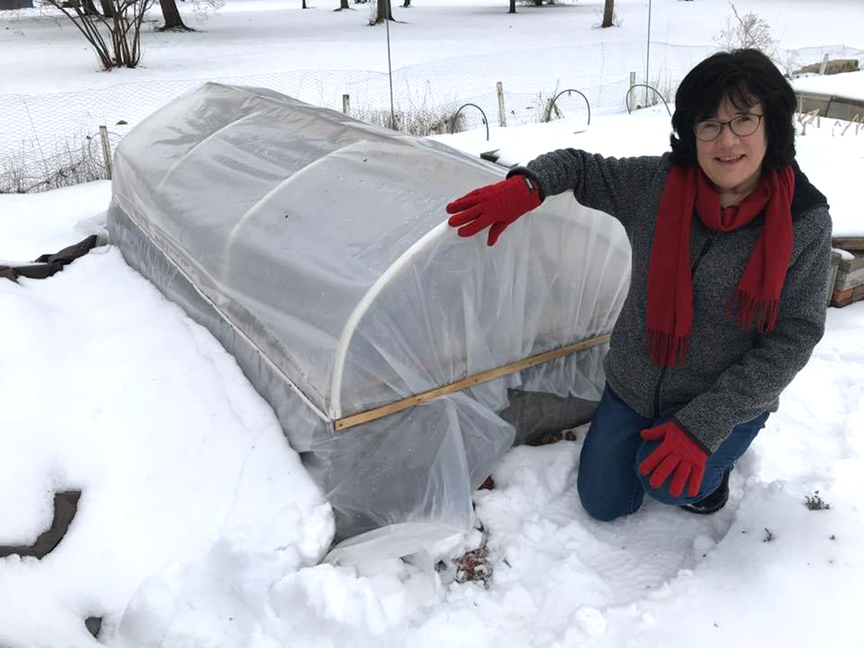
Sue Gilmore has been gardening most of her life. She’s growing a wide variety of plants and wants to up her game when it comes to winter gardening. Here she poses with a mini hoop house to grow winter vegetables.
The 62-year-old gardener lives in Lennon, Mich., a little west of Flint, and over the past decade she’s worked on building a garden on one acre she shares with her husband John. Gilmore built raised beds using Rodale Institute books “as my bible,” she says with a laugh.
She began to experiment with cold frames to grow plants into the winter. Garden writer Niki Jabbour, author of “The Year-Round Vegetable Gardener,” inspired Gilmore to extend the season.
“Niki’s book really was the great thrust for me,” Gilmore remembers. “I’d never heard of cold frames.”
Gilmore’s husband built a prototype and continued to improve on the cold frame, adding insulation and a better lid, an old shower door they found.
“He even sided it to match our house,” she says laughing. “I call it our Cadillac.”
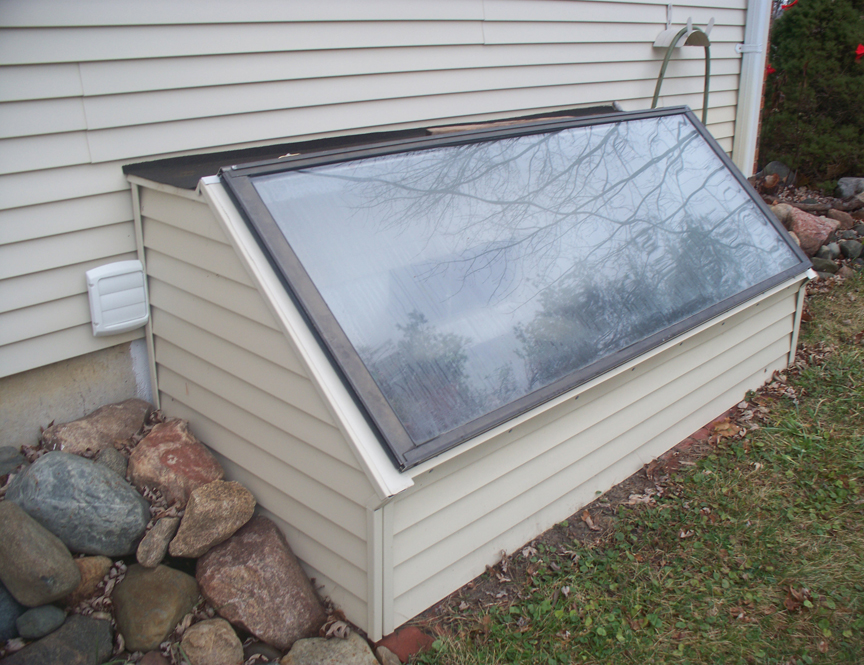
This is the “Cadillac” of cold frames!
Right now it’s filled with large leaf parsley and green onions, and “it looks like spring time,” she says happily.
A cold frame is basically a small greenhouse, usually unheated. The Gilmores’ faces south with the lid banked at about 35 degrees to take advantage of the low angle of the sun during the winter. Over the years they’ve grown greens, herbs and other cool weather crops through the winter in the cold frame.
The couple’s kitchen garden has 10 raised beds covering 2,500 square feet, and it continues to grow each season. They’ve used some mini-hoops covered with plastic to keep crops growing into the cold.
On sunny days, the cold frame’s temperature will easily get it into the 70s to make the plants happy.
“I told John, ‘I wish we could just make it bigger so I could go in there,’” Gilmore says, chuckling.
“Gardening is my happy place,” she adds. “I just love watching the miracle of a plant coming from a seed. I just get such a thrill out of watching plants grow. It’s not just about the food; it’s about gardening in general. It’s the way I destress. All the worries roll off my back.”
She has the funds to expand her cold weather operation and is wondering if she should add a greenhouse or a hoop house (poly tunnel).
Winter gardening

Niki Jabbour is an expert at growing plants year round even in Nova Scotia. She’s seen here in front of her poly tunnel during a Canadian snow storm.
When Gilmore and I connected through Facebook, she had questions about which one of the buildings she should choose. I knew it was time to reach out to Jabbour, the cold-weather growing expert from Savvy Gardening. Her Canadian garden in Halifax, Nova Scotia, is zone 5, and she’s been successful overwintering lots of crops during her brutal winters. There’s no one better to discuss which direction Gilmore should head.

Here’s some of the vegetable varieties growing in Niki Jabbour’s coldframe.
The enthusiasm in Jabbour’s voice is infectious as she explains all the different tools she uses to be able to grow year-round, something she started doing two decades ago. She also has a coldframe but has lot of other techniques to extend the season. Her current coldframe is made of polycarbonate. It’s durable and has good insulation properties. She’ll chose locally cut hemlock for wooden sides for upcoming projects as the variety is inexpensive and naturally rot resistant.
Deep mulching with straw or shredded leaves laid over beds of root crops like carrots, beets, leeks and others works well for her. too. She applies the mulch about a foot and a half thick.
“You can take the half-rotted straw, when spring comes around, and either make a straw bale bed or throw it into your composter to feed your garden soil,” she says.
One of Jabbour’s experiments involved putting an entire bale over the beds, but it didn’t work out as expected.
“They froze into an ice cube,” she says with a laugh. “They froze to the soil and I could not even lift them off the soil to harvest, so not everything works,” she adds about her garden experiments.
Mini hoop tunnels
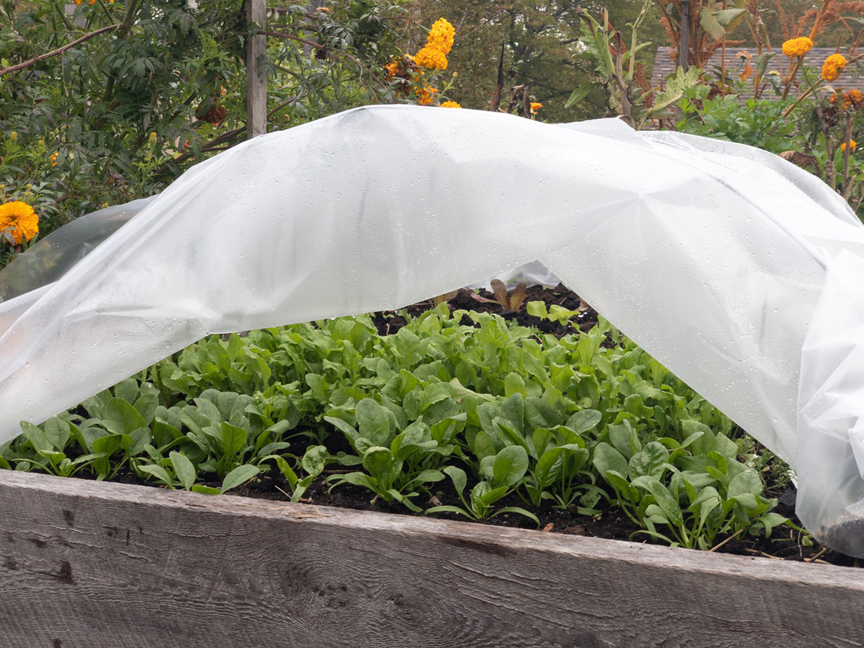
She also uses mini hoop tunnels made of metal or PVC tubing covered with clear greenhouse plastic, which is six mils (six thousandths of an inch) thick.
Jabbour explains why she chose a large hoop house over a greenhouse.
“I wanted a larger space than a greenhouse could give me,” she says.
Cost was an issue too, as greenhouses are more expensive than hoop houses.
“The price per square foot is far more than that of a poly tunnel,” she adds.
Jabbour’s is 14 x 24 feet and has withstood two hurricanes and countless winter storms. Even though greenhouses are a little better insulated, in her climate, it really wouldn’t make that big of a difference.
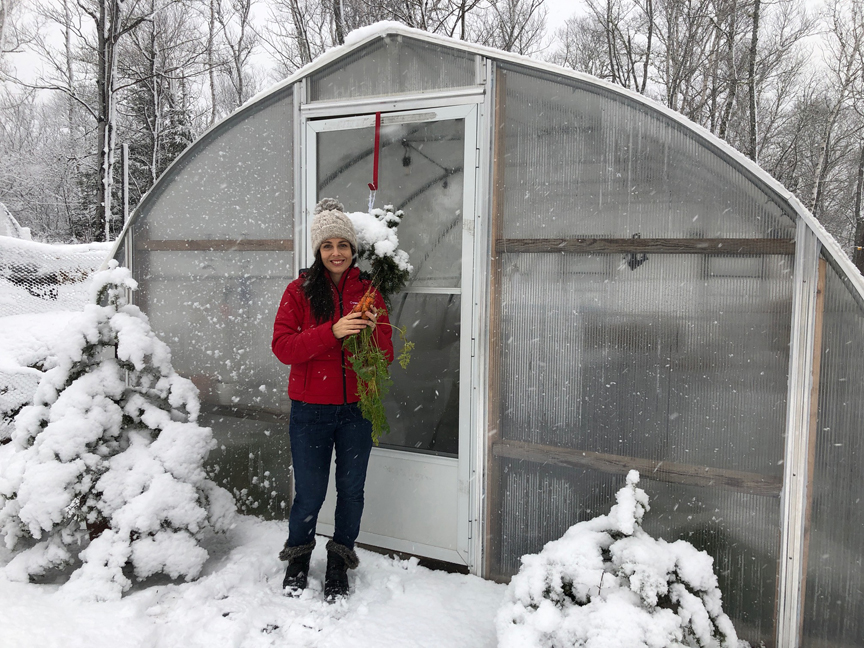
Niki Jabbour is seen here in front of her poly tunnel after harvesting winter carrots.
“When it’s midnight and minus 20 Celsius here, it’s going to be that same temperature inside no matter what kind of greenhouse I have, as I’m not heating it,” she says.
When asked if she’s happy with her decision to build it two years ago, it becomes obvious quickly what she thinks of the space.
“I love it so much,” she says. “I have tea every day out there. It’s my little paradise in the middle of the winter weather.”
Niki Jabbour will be speaking at the Penn State Garden and Landscape Symposium in Pittsburgh on April 25, 2020. The details are here.
Doug Oster is editor of Everybody Gardens, a website operated by 535Media, LLC. Reach him at 412-965-3278 or doster@535media.com. See other stories, videos, blogs, tips and more at everybodygardens.com.
More from Everybody Gardens
Video: Making more plants by taking cuttings.
Doug’s weird seed order! Grow something different this season.
These David Austin roses are beautiful and disease resistant.
